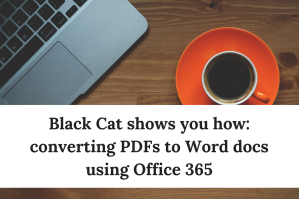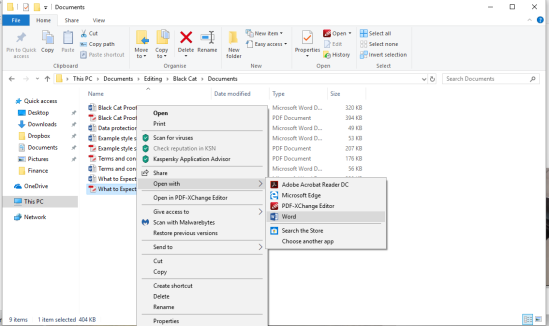 At a recent meeting of the Society for Editors and Proofreaders (SfEP) West Surrey and North Hampshire local group, we spent a couple of hours talking about our favourite resources: those books and websites we turn to first when we are working. Here are some of the books I would recommend to proofreaders and editors, and to writers – and the good news is you may be able to try them all out before deciding to spend your hard-earned money.
At a recent meeting of the Society for Editors and Proofreaders (SfEP) West Surrey and North Hampshire local group, we spent a couple of hours talking about our favourite resources: those books and websites we turn to first when we are working. Here are some of the books I would recommend to proofreaders and editors, and to writers – and the good news is you may be able to try them all out before deciding to spend your hard-earned money.
New Hart’s Rules: The Oxford Style Guide (Oxford University Press, 2014)
New Hart’s is a handy little style guide, primarily for conventions within UK publishing. It’s thorough and straightforward, and it gives plenty of helpful examples. I used it a lot when I started out and I still have it within easy reach now. If you have a UK library card, you may be able to access New Hart’s for free (use this link and look for the PREMIUM tab).
The Chicago Manual of Style, 17th ed. (University of Chicago Press, 2017)
CMOS is probably one of the best-known style guides. It’s a treasure trove if you are working with US English and need to know US-publishing conventions. The print copy is a beast but, fortunately, you can access the same information – in a searchable format – online (a subscription is required but there is a free trial available).
The Penguin Guide to Punctuation, R.L. Trask (Penguin Reference Books, 1997)
Don’t be put off by the publication date on this one – it’s still the best book on punctuation I have come across. Trask provides clear, simple explanations, and does not assume prior knowledge. If you are worried about how to use semicolons, or don’t know a hyphen from a dash, this book is for you. You can access an online version of the guide for free via the University of Sussex (thank you to Etty of Elegant Words for that tip-off!).
New Oxford Dictionary for Writers & Editors: The Essential A–Z Guide to the Written Word (Oxford University Press, 2014)
This isn’t your standard dictionary – it focuses on those words and names that may cause an editor or writer difficulty. NODWE is designed with us in mind. Not sure about a spelling variation? Wondering if that term should be hyphenated? NODWE is the book you need. As with New Hart’s, it is available free online to many UK library-card holders.
Fowler’s Dictionary of Modern English Usage, ed. J. Butterfield (Oxford University Press, 2015)
I love Fowler’s. It is eminently sensible – there’s no nonsensical pedantry here. Its advice is easy to understand and international in scope. This respected authority on English usage is a bit of a tome, so if you’d like to get a sense of the book, a ‘pocket’ version is available alongside New Hart’s and NODWE.
For a slightly different take on some of my favourite work-related books and websites, check out my blog post on the resources I use as guides to style and usage.


 If you are working on PDF page proofs, or on hard copy with the PDF as a backup, it’s handy to be able to convert that file to a Word document. Once you’ve got a copy in Word, you can run tools such as PerfectIt, macros, and good old spellcheck (it’s amazing what that can still pick up at proof stage).
If you are working on PDF page proofs, or on hard copy with the PDF as a backup, it’s handy to be able to convert that file to a Word document. Once you’ve got a copy in Word, you can run tools such as PerfectIt, macros, and good old spellcheck (it’s amazing what that can still pick up at proof stage).



 We’re nearly there. You’ll see this pop-up box asking you to confirm the conversion:
We’re nearly there. You’ll see this pop-up box asking you to confirm the conversion:
